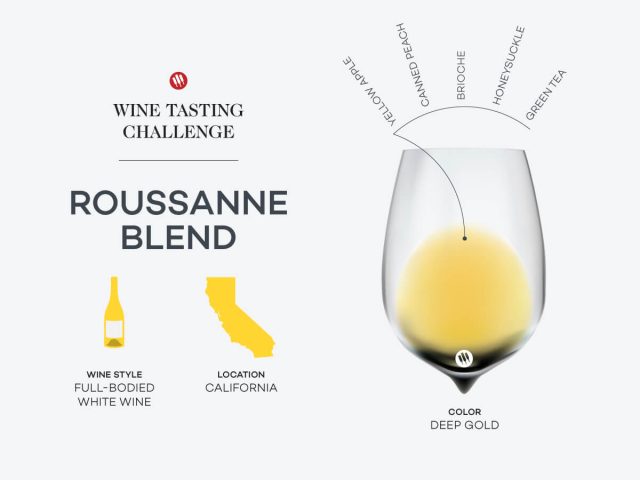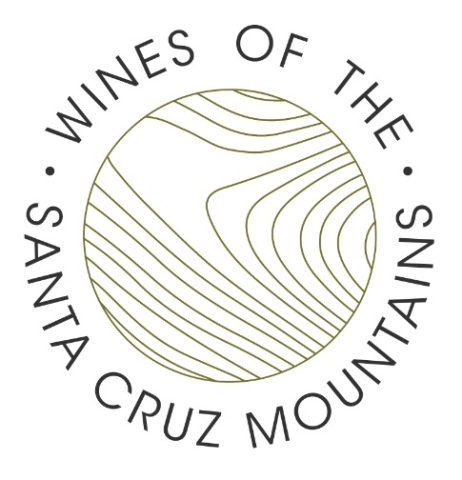Diageo moving towards “content information” on wine labels
No one much noticed last Friday’s report in the Wall Street Journal that Diageo is going to start listing calorie counts “and other content information” on its spirits, including Johnnie Walker Scotch and Smirnoff vodka, “in what it said was a first for the industry.”
That nugget was buried on page B5 of the newspaper, on the same page as the weather. But it’s big news, with implications for the entire industry.
The article didn’t say anything about Diageo’s wine brands, which include Chalone, Sterling, Blossom Hill and Rosenblum. So I went to the company’s website and clicked on the “News & Media” link, which led to a March 19 press release from the company that strongly suggests that the disclosure will include wine. There is this phrase: “Diageo believes that consumer information for alcohol is best provided per typical serve, so that consumers can understand the alcohol and nutrition content of serves of different drinks, which vary in size across beer, wine and spirits.” Moreover, at the bottom of the press release, in a “Notes to Editors,” as an “example,” the company showed a label of a Blossom Hill wine. The press release also hints that Diageo will go much further in their disclosures than simply listing the calorie content; they vowed also to reveal “nutrition information…,” although they didn’t say what specific nutrition information they will publish.
It’s unclear to me whether “nutrition information” is the same as “ingredient information,” although it wouldn’t seem so. The latter has been a contentious issue nipping at the edges of the wine industry for the last few years. Ridge Vineyards has already begun ingredient labeling, listing such things as calcium carbonate, SO2 and indigenous yeasts on the back label. Besides, as Harvey Steiman points out in Wine Spectator, ingredient labeling for wine is tricky. It’s complicated, a lot harder than ingredient labeling for, say, a can of soup. And there also are financial considerations for smaller wineries. Sometimes I think that this consumer demand to know about every micro-molecule that enters their bodies in every sort of food and drink borders on the obsessive.
Still, that’s politics. Diageo’s move is significant because, as one of the nation’s largest wine companies, they clearly believe they’re reading the handwriting on the wall, and want to get out in front of what may become a mandated trend. So be it; what will be, will be. Personally, I’m against ingredient labeling or content labeling on the actual wine bottle. That sort of thing could easily be done on a website. Everybody’s got a computer or smart device these days, so it would not be an imposition on consumers to click on a link or two. Wine labels are lovely works of art: producers go to great lengths to make them graphically appealing. To clutter them up with ingredients and nutritional data would be ugly.
(c) STEVE HEIMOFF| WINE BLOG – Read entire story here.




